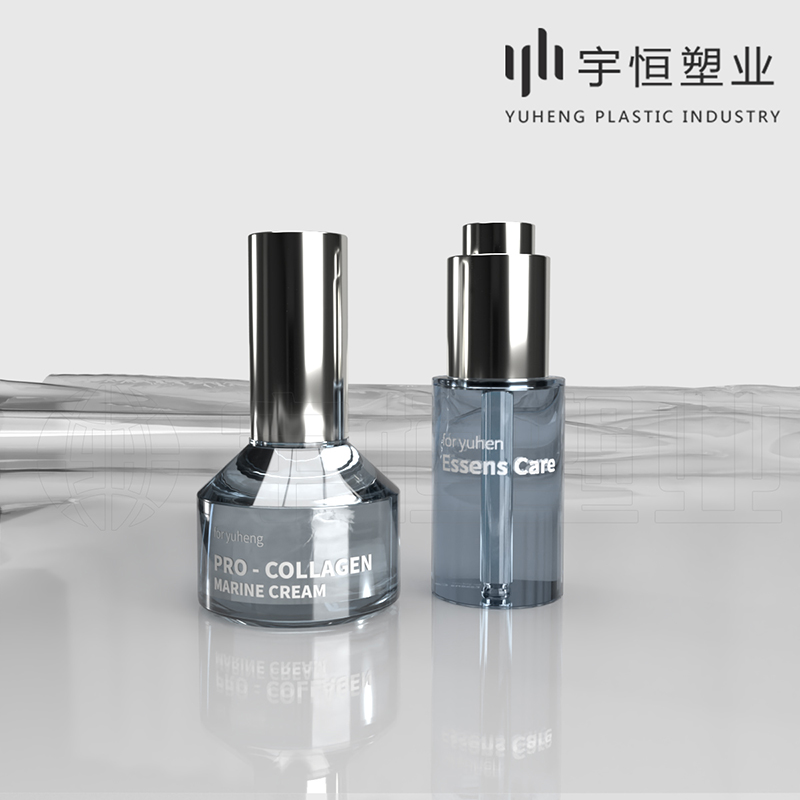In the cosmetics industry, plastic bottle packaging serves as the "second face" of a product. It not only fulfills the basic functions of protecting the product and facilitating portability but also constitutes an important part of brand image and consumer experience. However, many brands and companies often fall into some pitfalls during the procurement process of cosmetic plastic bottle packaging, leading to increased costs, inefficiencies, and even affecting the product's market competitiveness. This article will unveil the three common pitfalls in purchasing cosmetic plastic bottle packaging to help you make more informed choices.

Pitfall One: Overly Pursuing Low Prices at the Cost of Quality
When purchasing cosmetic plastic bottles, price is often one of the first factors considered by buyers. However, blindly pursuing low prices often means sacrificing quality. Low-priced plastic bottles may use inferior materials, posing issues such as excessive harmful substances, easy deformation, and poor sealing, which can not only damage the quality of the cosmetics themselves but also pose a threat to consumers' health. Additionally, low-quality packaging often lacks design sense and brand characteristics, making it difficult to attract consumers' attention and affecting the product's market competitiveness.

Strategy: When purchasing, comprehensive consideration should be given to both price and quality, and reputable suppliers with qualifications should be selected. Sample testing, viewing test reports, and other methods can be used to ensure that the plastic bottles meet relevant safety standards while possessing good physical properties and aesthetics.

Pitfall Two: Ignoring Environmental Requirements, Affecting Sustainable Development
With the enhancement of environmental awareness, consumers have increasingly high requirements for the environmental friendliness of cosmetics packaging. However, some brands and companies still ignore environmental requirements when purchasing and choose non-degradable or difficult-to-recycle plastic materials, which not only violates the concept of sustainable development but may also trigger consumer dissatisfaction and boycotts.

Strategy: Actively embrace environmental trends and choose degradable and easily recyclable plastic materials, such as biobased plastics and PCR (Post-Consumer Recycled) plastics. At the same time, consider lightweight packaging design to reduce material usage and environmental burden. Collaborate with suppliers to jointly explore new technologies and solutions for eco-friendly packaging.

Pitfall Three: Lack of Market Research, Blindly Following Popular Designs
The design of cosmetic plastic bottles should closely align with brand positioning, target consumer groups, and market trends. However, some brands lack sufficient market research when purchasing packaging and blindly follow popular designs, resulting in packaging that does not match product characteristics and making it difficult to form effective brand recognition.

Strategy: Before purchasing, conduct in-depth market research to understand target consumers' preferences, competitors' packaging strategies, and industry trends. Collaborate closely with designers to customize unique packaging designs that align with brand concepts and product characteristics while meeting market demands. At the same time, maintain design flexibility and iterability, adjusting and optimizing based on market feedback.

In summary, the procurement of cosmetic plastic bottle packaging is a complex process involving multiple factors. Avoiding the above three pitfalls will help brands and companies improve packaging quality, enhance market competitiveness, and achieve sustainable development. Choosing the right suppliers, focusing on quality and environmental protection, and conducting personalized design based on market research are key to purchasing cosmetic plastic bottle packaging.




